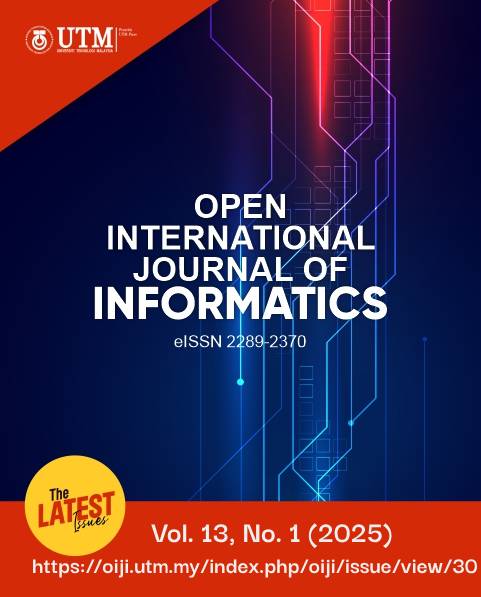A Systematic Literature Review of Blockchain Interoperability Analysis for Authorized Economic Operator (AEO) System
DOI:
https://doi.org/10.11113/oiji2025.13n1.323Keywords:
blockchain, authorized economic operator, interoperability, supply chain security, trade facilitation, systematic literature reviewAbstract
The Authorized Economic Operator (AEO) system plays a vital role in global trade by ensuring secure and efficient supply chain operations. Blockchain technology offers transformative potential for AEO systems by enhancing transparency, traceability, and operational efficiency. This study employs a systematic literature review (SLR) methodology to analyse blockchain applications in AEO systems, focusing on standardisation challenges such as interoperability, regulatory compliance, and integration. A total of 222 studies were initially identified, with 53 passing the screening process. After further analysis, 23 studies were selected for final evaluation based on relevance and quality criteria. Findings indicate that blockchain facilitates the mutual recognition of AEO certifications, simplifies customs clearance processes, and improves data security. However, standardisation gaps, scalability limitations, and data privacy concerns persist. Recommendations include developing standardised interoperability frameworks, integrating blockchain with existing AEO processes, and adopting cost-efficient, scalable blockchain models. This review offers researchers, policymakers, and practitioners actionable insights to advance blockchain-enabled AEO systems.

















